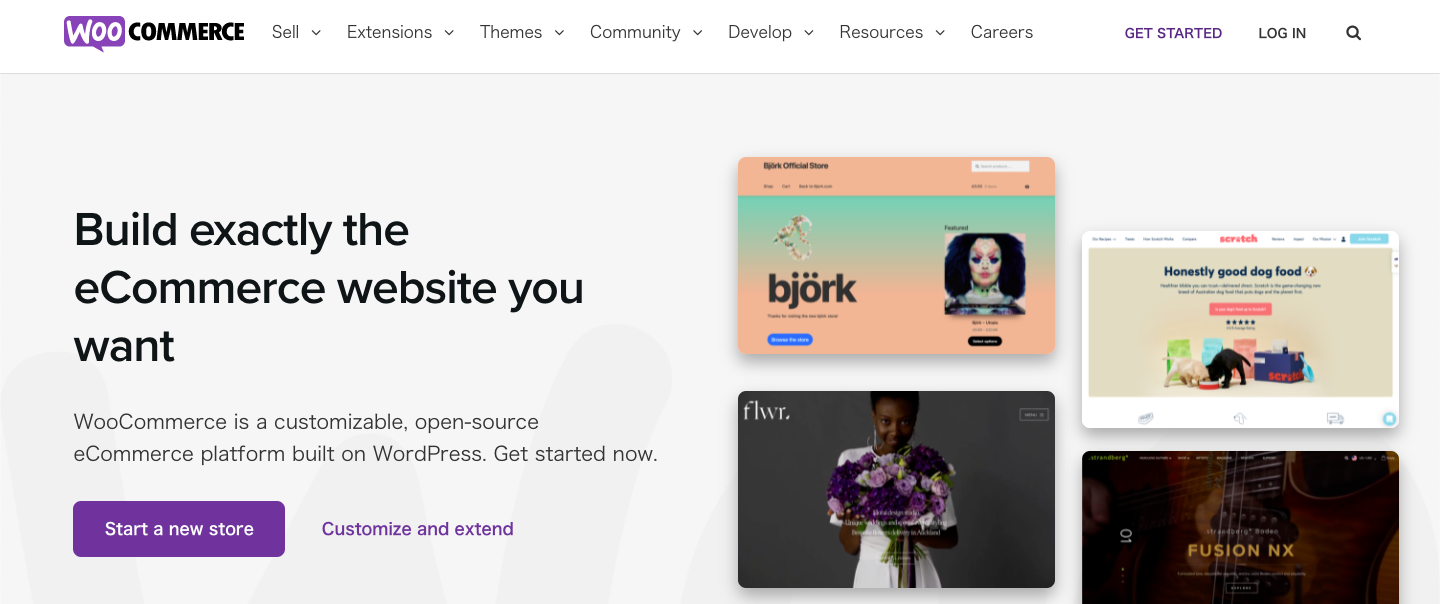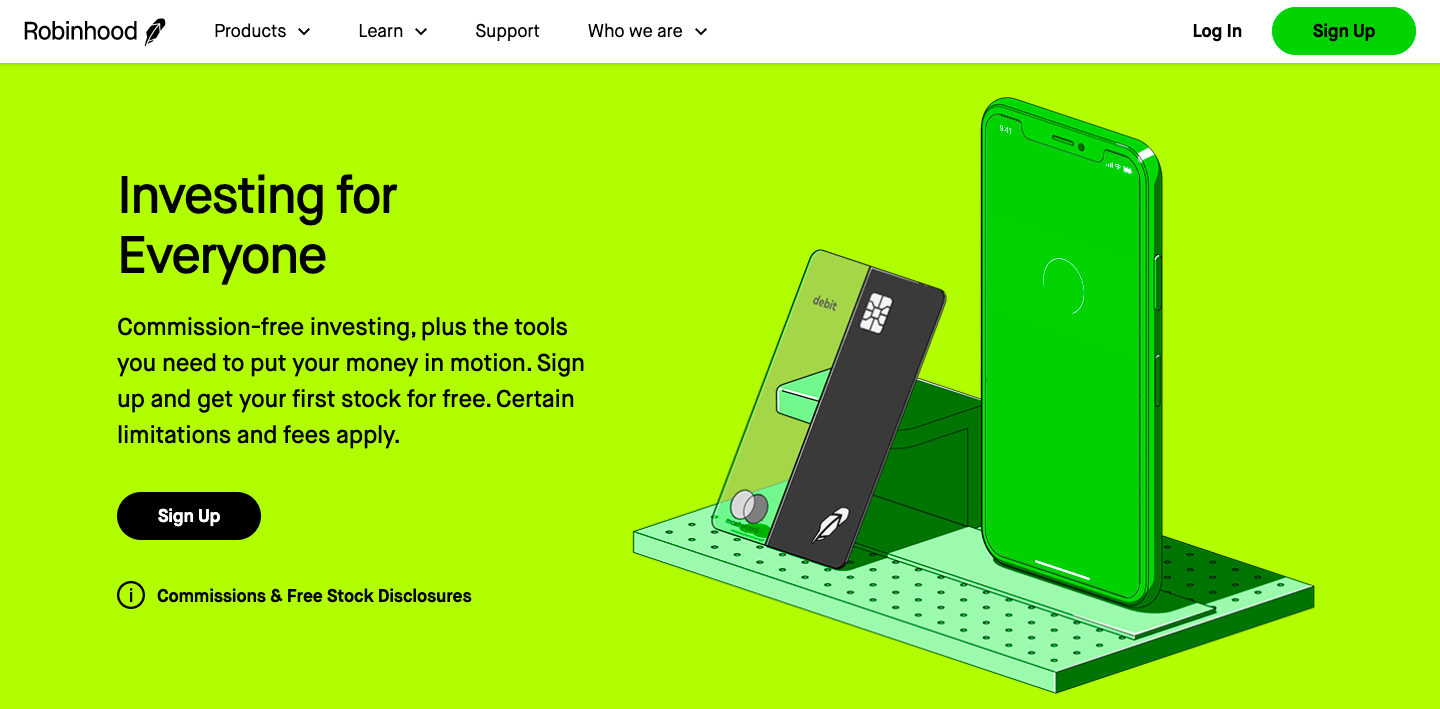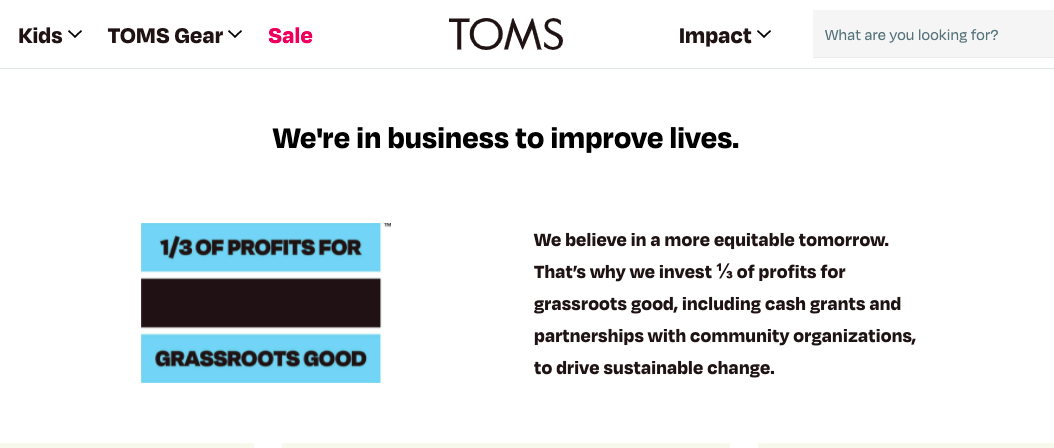How to Write a Unique Selling Proposition that Stands Out (with Examples)

- What is a unique selling proposition (USP)?
- Why is the unique selling proposition important?
- How to write a unique selling proposition
- Examples of unique selling propositions
- Summary

What is a unique selling proposition (USP)?
A unique selling proposition (USP for short) can be understood as the key point of differentiation that sets you apart from your competitors. The USP could be found in your solution’s unique features, competitive pricing, or your committed customer service. If the USP is clear, customers can easily understand they should choose your services over another brand’s.
Why is the unique selling proposition important?
How come the concept of the “unique selling proposition,” which was first introduced half a century ago, is still just as prevalent today? This is because a powerful USP can give you a one-of-a-kind position in the market, allowing you to compete with larger companies.
USP is intertwined with the traditional business model called the 3C’s, in which you focus your business strategy around three key players: the company, competitors, and customers. In this business model, it is vital that your customer segment is defined and specific, so that the rest of your business model and services can be built to satisfy these customers. You can also pinpoint your exact USP by first determining your main target segment, and then considering what unique benefits you can offer this group.
How to write a unique selling proposition
In order to write a truly unique selling proposition, first you have to follow a few steps to uncover your main points of differentiation.
Understand your customers’ needs
First and foremost, you have to put yourself in your customers’ shoes and think about what they’re looking for most in a solution. For example’s sake, imagine you own an Italian restaurant. Customers come to your establishment because they want food, right? Or could there be other reasons, like friendly service, unmatched quality, or ambiance of the restaurant?
Try asking your current clients what made them choose your service, and ask new prospects what got them interested.
Review advertising copy
Revisit your past advertisements, email campaigns, and landing pages and see how you described your services. What strengths are you bringing up most often? This will help you organize them into a list, so you can visualize what your potential USP could be.
Research your competitors’ positioning
In order to formulate a truly unique USP, naturally you have to be aware of competing brands’ positioning first. Visit your competitors’ websites, download resources, collect
intel, and then organize this information to have a good grasp on their USPs. Then, consider where your brand can offer something they lack - this way you can discover a definite point of differentiation.
Combine several different strengths into one concept
There is no rule that stipulates you can only have one point of differentiation. In fact, you can make your USP more attractive by weaving together all your brand’s benefits into one business concept. Examples include ASKUL, which combines speed, convenience, and lineup; Nitori, which offers quality and price; and Tsutaya, which merges a bookstore with a café space.
Launch your USP before your competitors do
You need to promote your USP before other new companies create a similar model. If another company starts offering services with the same USP, then your USP is no longer unique, making its advantages moot. Time is of the essence, so define your USP early on and make it clear in your branding online.
Examples of unique selling propositions
WooCommerce

WooCommerce’s USP is made clear on their homepage - their ecommerce platform is the most customizable option out there, so you’ll be able to build exactly what you want. In other words, WooCommerce understands that each brand has different needs and offers a solution that is flexible and adapts to each individual’s needs.
Robinhood

Robinhood is an investing platform that lowers the barriers to investing in stocks. With Robinhood, anyone can easily buy stocks from as little as $1. The USP here is clear - they make it possible for total newbies to investing to get started, without requiring a fair amount of savings. The target user is likely young people who are interested in the stock market but unsure of the process.
TOMS

Until recently, the shoes brand TOMS followed a “buy one, gift one” business model. If you bought a pair of TOMS, they would send a pair to a child in need. This was their USP until they changed the concept to investing ⅓ of their total profit back to community organizations, thereby maintaining their social mission while evolving their business model. The new USP is the tagline above: “We’re in business to improve lives.” Very few shoe brands make it their top goal to give back to the community and share their profits, so this is a major point of differentiation which would drive socially-conscious consumers to choose TOMS.
GEICO
Geico uses repetition in their USP to make it more memorable, with their famous slogan, “15 minutes could save you 15% or more on car insurance.” In this USP, they make it clear how easily you could switch from your current insurance plan and save a ton of money. With such a strong USP, it’s no surprise how successful GEICO is.
Summary
To recap, having a strong unique selling propsition is key to strategic positioning in the market, and devoting time to defining your USP can help you to narrow your target and realize your true strengths that you should emphasize. When brainstorming potential USPs, just consider what areas your business excels in, be it expertise in a niche field or your service's customizability, and then decide on the one (or couple) most enticing points of differentiation that you can offer - and there you have your USP.
Related articles:
What is a Zebra Company and How Does it Differ From a Unicorn?
Customer Success Models: High Touch, Low Touch, Tech Touch, and Community Touch

.jpg)
.jpg)
.jpg)


